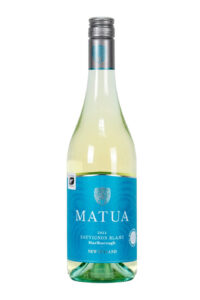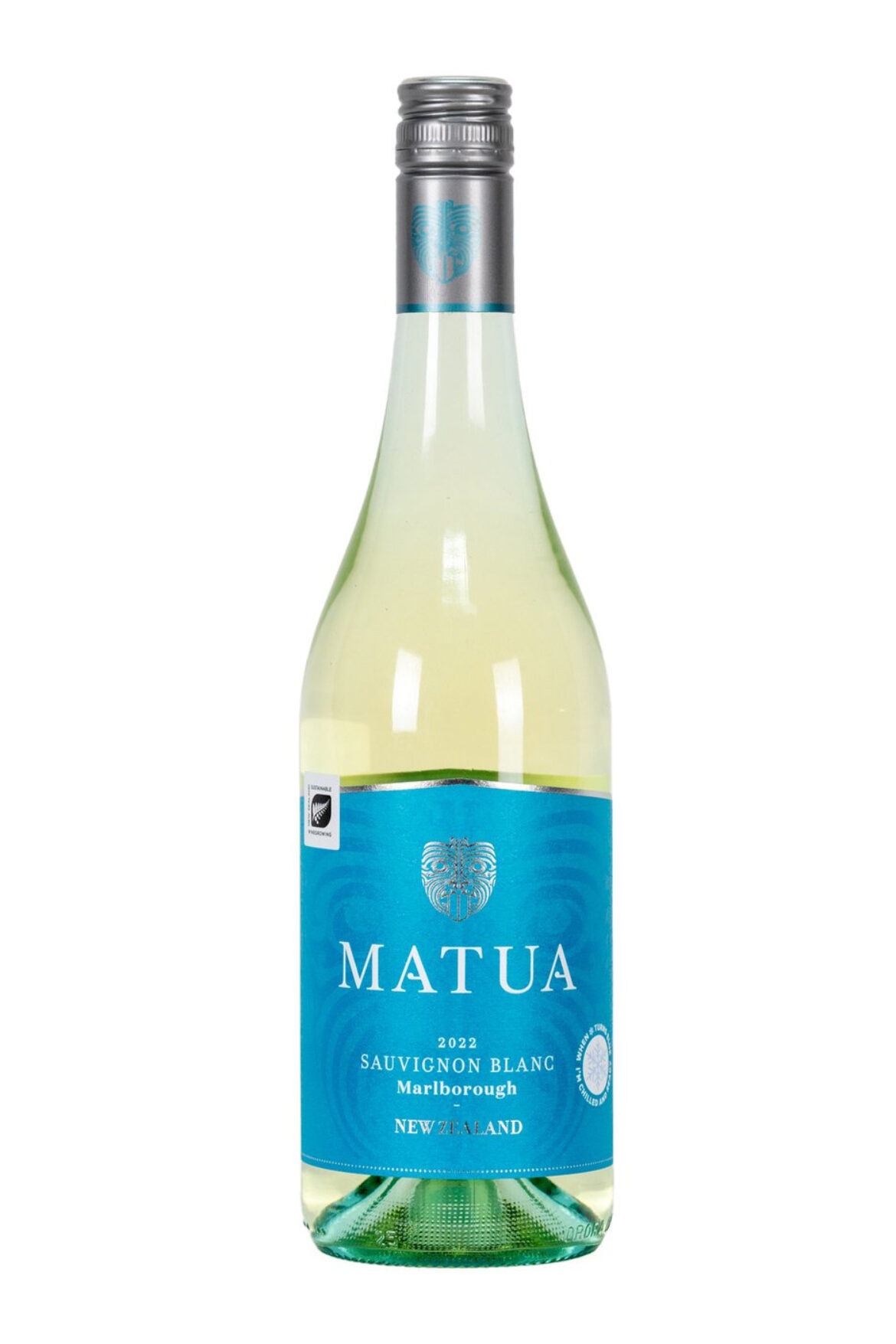Opening a bottle of red or white often signifies bringing out a wine glass and pouring a healthy amount to sip as you unwind in the comfort of home. However, the sound of a popping bottle cork can also indicate the creation of a tasty dish in the kitchen.
Wine, Abu Dhabi seasoned and aspiring cooks know, can transform ordinary dishes into culinary masterpieces. It adds depth, richness, and complexity to a variety of recipes.
You can use wine in marinades to tenderise meat and infuse it with subtle flavours. Deglazing a pan with wine lifts caramelised bits, creating a flavourful base for sauces and gravies.
With the right wine collection, you can have an additional ingredient that can elevate dishes, making them more flavourful and exciting.
Cooking With Wine Like a Pro
Read below to discover tips and tricks to master the art of cooking with wine:
1. Braising
Using wine when braising gives the dish a rich, complex flavour that elevates it to gourmet status.
Braising entails simmering meat or vegetables slowly in a mixture of liquid and aromatics. Red and white wine serves as excellent braising liquids due to their acidity and depth.
Red wine is perfect for braising beef, lamb, or pork since its bold flavours complement these meats. On the other hand, white wine works well with chicken, fish, or vegetables, giving the dish a lighter, more delicate taste.
If you’re braising with wine for the first time, start by searing the meat to develop a caramelised crust. Remove the meat and deglaze the pan with wine, scraping up any browned bits.
The wine and browned bits form a flavourful base for the braising liquid.
Next, return the meat to the pan, adding broth, herbs, and vegetables. Simmer the mixture on low heat for several hours until the meat is tender and infused with the wine’s rich flavour. The result is a succulent, tasty dish that showcases the magic of cooking with wine.
2. Wine reduction
Reducing wine or any liquid means boiling it until most of it evaporates. As a result, you get a thick sauce with an intense flavour, which you can drizzle over the dish.
To make a wine reduction, you can use red or white wine or a combination of different varieties. You can also add broth, herbs, spices, and seasonings to the mixture for more exciting flavours.
Red wine reductions are excellent sauces or accompaniments for beef, duck, and pasta dishes, while the white varieties are perfect for fish, pork, and risotto.
3. Roasting
If you love roasted meat and vegetables, a splash of wine can give these dishes a more intense flavour.
Wine enhances the moisture created through roasting, which prevents the meat or vegetable from drying out and developing a leathery texture.
Bold reds enhance the taste of hearty meats like beef and lamb and dark vegetables such as purple carrots and beets. Light white wine complements roast chicken and pale veggies, like squash and parsnips.
The next time you crave pot roast or roasted chicken, place a bottle of red or white on the kitchen counter and add a splash as you cook the dish.
4. Deglazing
Deglazing with wine creates a rich and flavourful base for sauces and gravies. It’s another great trick for creating more interesting and tastier dishes.
To deglaze, remove the meat or vegetables from the pan after sauteing, frying or roasting them. Over medium heat, pour in a small amount of wine. Use a wooden spoon to scrape up the caramelised bits from the pan’s bottom as the mixture simmers.
This process dissolves the browned bits into the liquid, creating an intense, savoury reduction.
If you’re cooking red meats or hearty dishes, use red wine for deglazing. White varieties suit poultry, fish, and lighter fare.
5. Marinating
Wine is a fantastic ingredient for marinades, as it tenderises meat and makes it tastier. The acidity in wine breaks down muscle fibres, resulting in a more tender texture.
Additionally, wine adds a depth of flavour that other marinades can’t match.
To use as a marinade, combine wine with other ingredients like olive oil, herbs, and spices. For red meats, use red wine to complement the robust flavours. White wine works best for chicken, fish, or pork, giving them a lighter, more nuanced taste.
Place the meat in a resealable plastic bag or a dish and pour the marinade over it, ensuring it’s fully covered. Refrigerate it for at least a few hours, preferably overnight, to allow the flavours to penetrate deeply.
6. Baking
Wine can replace some or all of the liquid in baked food, imparting a subtle hint of its profile and moisture to both sweet and savoury dishes.
Wine adds depth and complexity to savoury baked goods, such as bread and meat pies. You can do this by replacing the water or milk with wine in the dough or filling recipe to infuse a rich, earthy flavour.
Wine gives sweet pastries, cakes, or poached fruits a sophisticated twist. Whites work well in lighter desserts, while reds pair beautifully with chocolate and dark fruits.
When using wine in baking, make sure you balance the intense flavours. Half a cup to a cup is typically sufficient, depending on the recipe. The alcohol evaporates during baking, leaving its essence, which enhances the dish’s taste and aroma.
The next time you shop at a liquor store in Abu Dhabi, broaden your selection so you’ll have more options as you elevate your cooking techniques and flavour your dishes.



